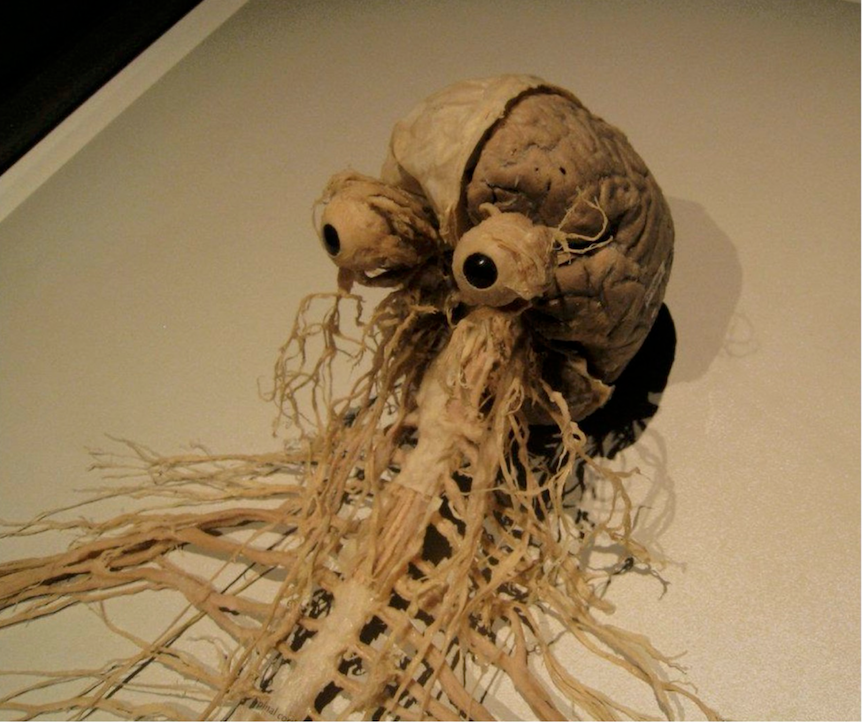 Ok, I agree that this picture of the brain and nervous system is a little freaky but really, at the lowest level, that is what’s driving the human experience. And, that’s what we’re working with when we use EMDR Therapy.
Ok, I agree that this picture of the brain and nervous system is a little freaky but really, at the lowest level, that is what’s driving the human experience. And, that’s what we’re working with when we use EMDR Therapy.
In the evening after the 2nd day of my most recent EMDR therapist training, the synthesis of what I was teaching became a little more clear to me. By then I’d done a couple of EMDR therapy demos, explained the Adaptive Information Processing (AIP) model, did a go-around with 20 therapists so they could see their own neural networks in action, as well as those of the other trainees. I guess my brain was warm when I realized more of what we are offering at a deeper level.
As mental health professionals, we’re all trained or have developed our own strategies, models and experiences for working with others. We teach, we explore, we explain, reinforce, unfold, construct and de-construct. But, at the deepest level, this is what we, as EMDR Therapists, offer:
- We provide attunement. That is, through our presence, focus and awareness, we provide the a calmed, centered, well-grounded nervous system to which our client’s nervous system can resonate and attune. As therapists, we become the ‘para-sympathetic calming response’ – the terry cloth mom for those who were raised with wire mesh parents or caregivers.
- We teach calming strategies so the person can learn to manage and calm their nervous system consciously. That is the purpose of the safe/calm place exercise, light stream, reverse spiral, and whatever else we may know to do to help the system calm, or assist the brain-state to change.
- We help the brain resolve and integrate “hot spots” – physically stored memories of emotions, body sensations, thoughts and images that are trapped and frozen in the brain/nervous system. We basically help the brain clear and reset neural networks and in this way, lower the reactivity of the brain. We take “memories” that are “potentiated” – ready to activate – and help them metabolize so they no longer spring loaded. With this process, the nervous system can seek and new, less charged level of homeostasis.
The three modes: attunement, calming and desensitization interact with each other and we weave those strategies throughout the course of therapy.
